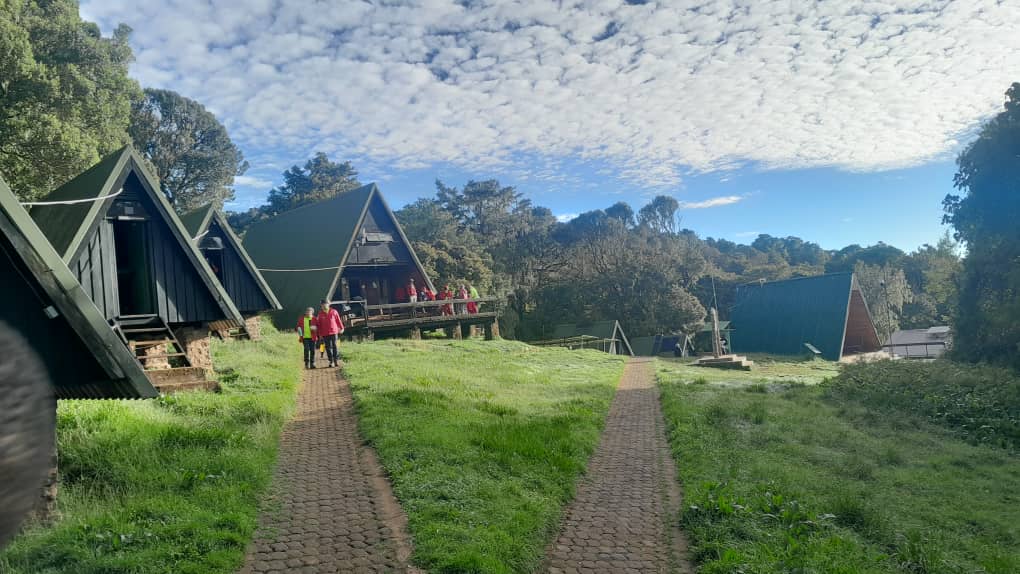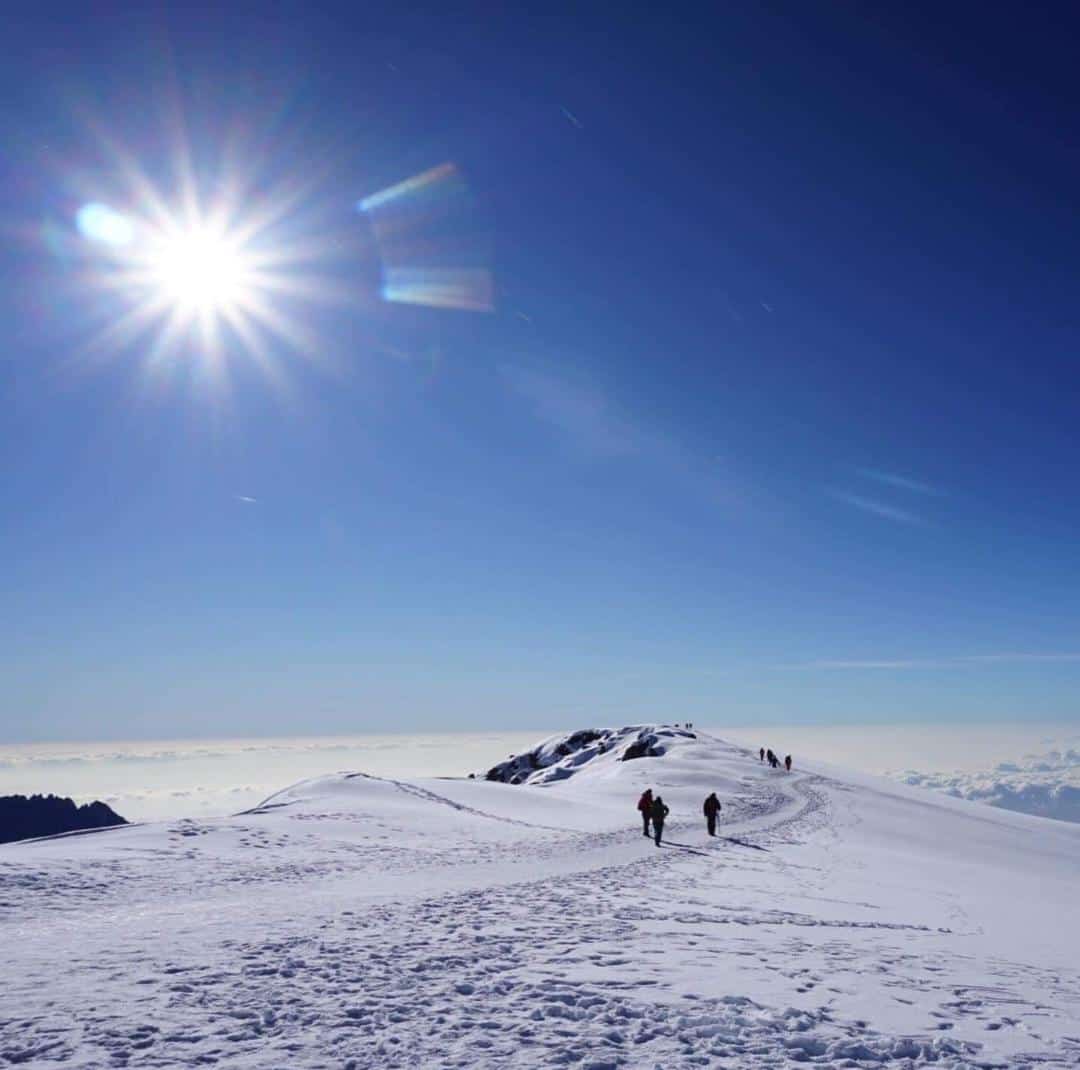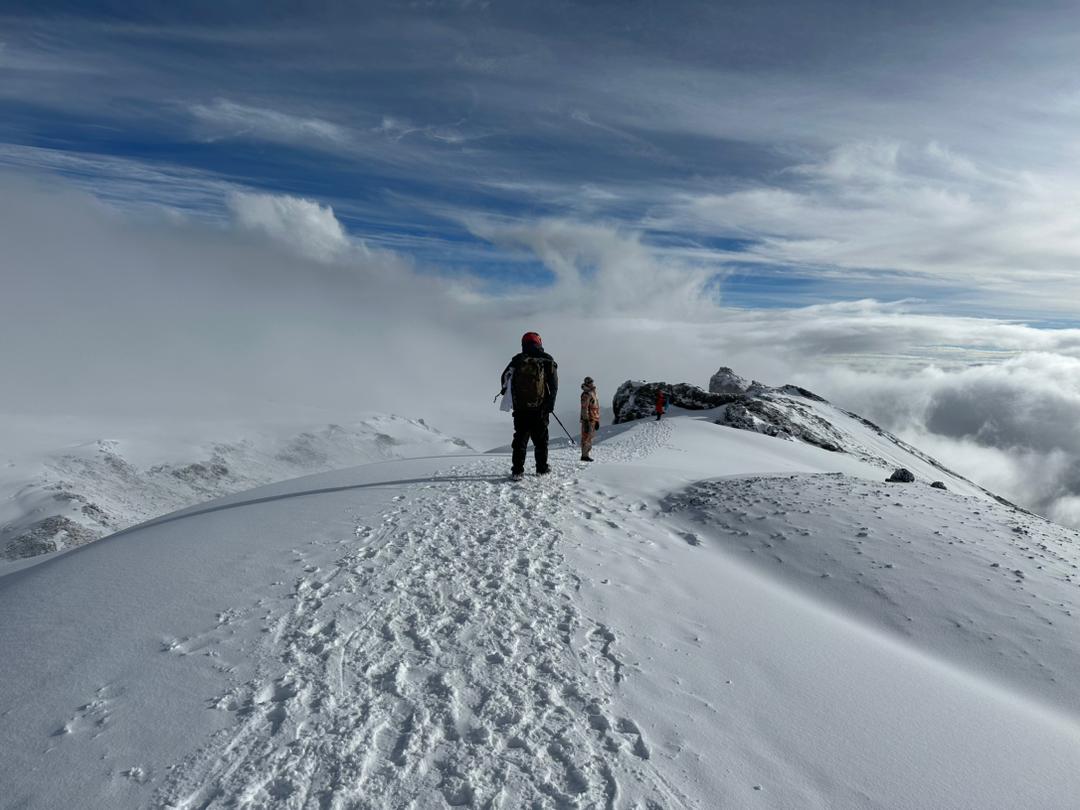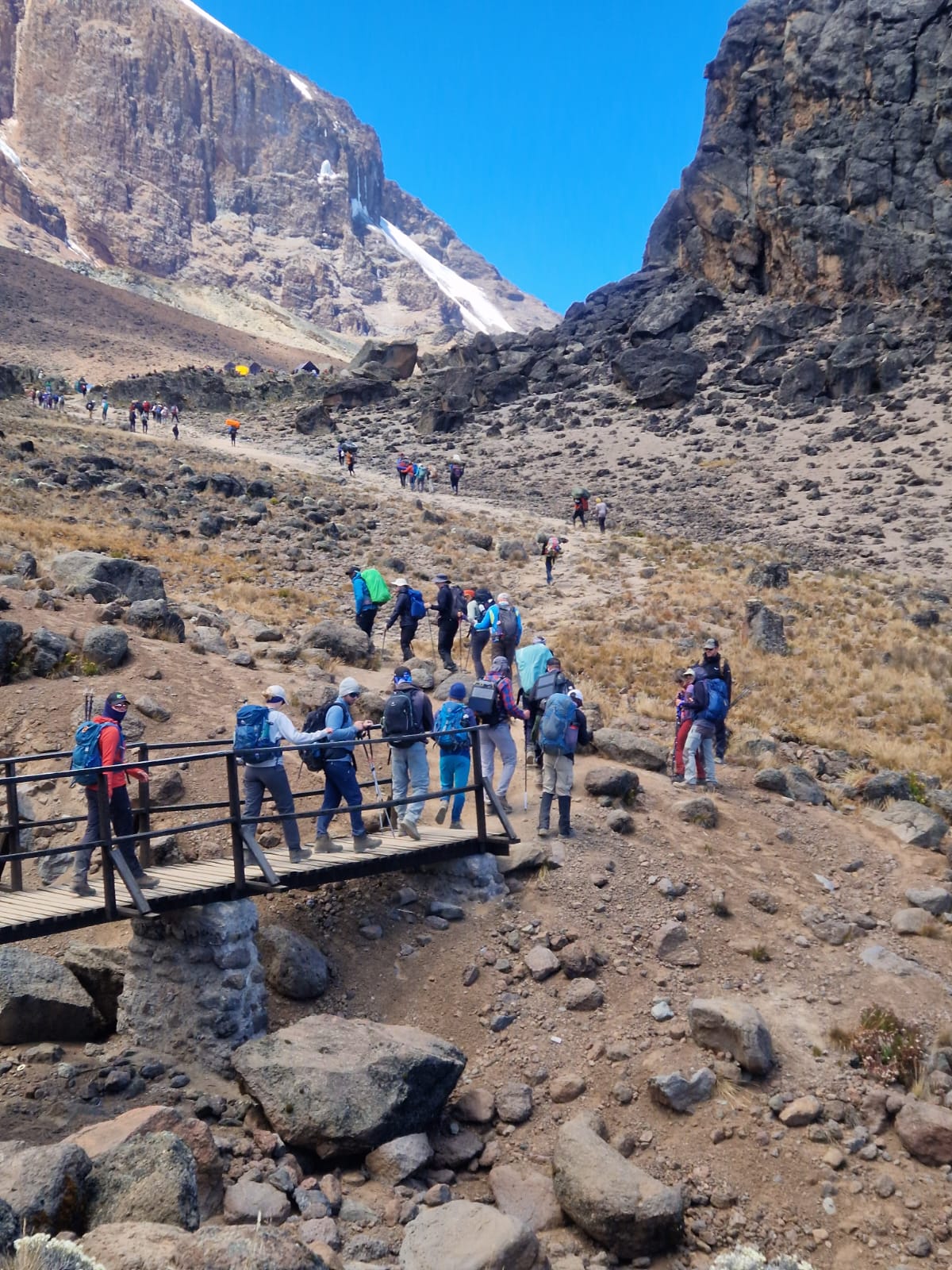Mount Meru
Rising dramatically above the plains of Arusha, Mount Meru stands as Tanzania’s second-highest peak and one of Africa’s most breathtaking volcanic mountains. Located within the Arusha National Park, just 70 kilometers west of Mount Kilimanjaro, Mount Meru reaches a height of 4,566 meters (14,980 feet), making it a prominent and scenic backdrop to the bustling town of Arusha.
Geological Significance and Formation
Mount Meru is a dormant stratovolcano that last erupted over a century ago, with its formation dating back to volcanic activity millions of years ago. Its volcanic history is evident in the shape and structure of the mountain, which features a distinct horseshoe-shaped crater, steep ridges, and a striking ash cone at its center. Unlike Mount Kilimanjaro’s smoother slopes, Mount Meru’s terrain is rugged and dramatic, with lush forests, jagged cliffs, and unique rock formations, all adding to its allure for hikers and climbers.
Biodiversity and Ecosystem
The mountain is enveloped by a rich tapestry of ecosystems that change with altitude. Its lower slopes are carpeted with dense forests, home to various wildlife such as elephants, giraffes, buffaloes, colobus monkeys, and even leopards. As climbers ascend, they pass through montane forests filled with fig trees and giant lobelias, ultimately reaching alpine vegetation closer to the summit. The diversity of flora and fauna makes Meru a living natural museum and a favorite for ecologists and nature enthusiasts.
Bird watchers can delight in the abundance of bird species, including the vibrant Turaco, the majestic African crowned eagle, and other rare species unique to the region.
Climbing Experience and Trails
Mount Meru offers a rewarding and challenging climb for trekking enthusiasts. The climb typically takes 3–4 days, with trails leading through multiple climate zones, from tropical rainforests to alpine desert landscapes. The most popular route is the Momella Route, which provides ample opportunities to spot wildlife and take in panoramic views of the surrounding plains and even Mount Kilimanjaro on clear days.
The trek is less crowded than Kilimanjaro and has a reputation for its wild, serene atmosphere. Key highlights of the journey include:
- Mirakamba Hut: The first overnight stop offers fantastic views of the plains and provides a serene rest point for climbers.
- Saddle Hut: Located at a higher elevation, Saddle Hut allows climbers to acclimate to the altitude and prepare for the final ascent.
- Little Meru: A smaller peak that can be reached as an acclimatization hike, rewarding climbers with views of the crater and summit.
- Summit Ascent: The final climb to the Socialist Peak begins in the early hours, leading to awe-inspiring sunrise views over the crater and a chance to spot Kilimanjaro in the distance.
Best Time to Climb Mount Meru
Mount Meru is climbable year-round, but the ideal times are during Tanzania’s dry seasons, from June to October and December to February. The dry season offers clear skies, stable weather, and excellent visibility, making the climb more enjoyable and safer.
Cultural and Spiritual Significance
For the local communities, Mount Meru holds cultural and spiritual significance. The mountain has inspired folklore, and many of its trails carry stories passed down through generations. It is often considered a symbol of protection and a vital part of life for the people in the surrounding regions.
Mount Meru vs. Kilimanjaro
Though often overshadowed by Kilimanjaro, Mount Meru offers a unique and different climbing experience. Its rugged, less commercialized trails attract those looking for a quieter and more intimate experience in nature. The climb is generally regarded as slightly more challenging due to the steeper trails, yet it is an excellent acclimatization option for those planning to summit Kilimanjaro later.
Why Visit Mount Meru?
- Spectacular Landscape: From lush forests to volcanic craters, Meru’s scenic diversity is unparalleled.
- Unique Wildlife: Enjoy a safari-style experience on foot, with chances to see large animals and diverse bird species.
- Panoramic Views: On a clear day, climbers are treated to stunning vistas of the surrounding landscapes, including a rare perspective of Mount Kilimanjaro.
Mount Meru offers an unforgettable adventure for nature lovers, photographers, and adventure seekers, providing a raw, wild experience of Tanzania’s captivating wilderness.
Our Top Selling Packages
Mountain Trekking Adventures




